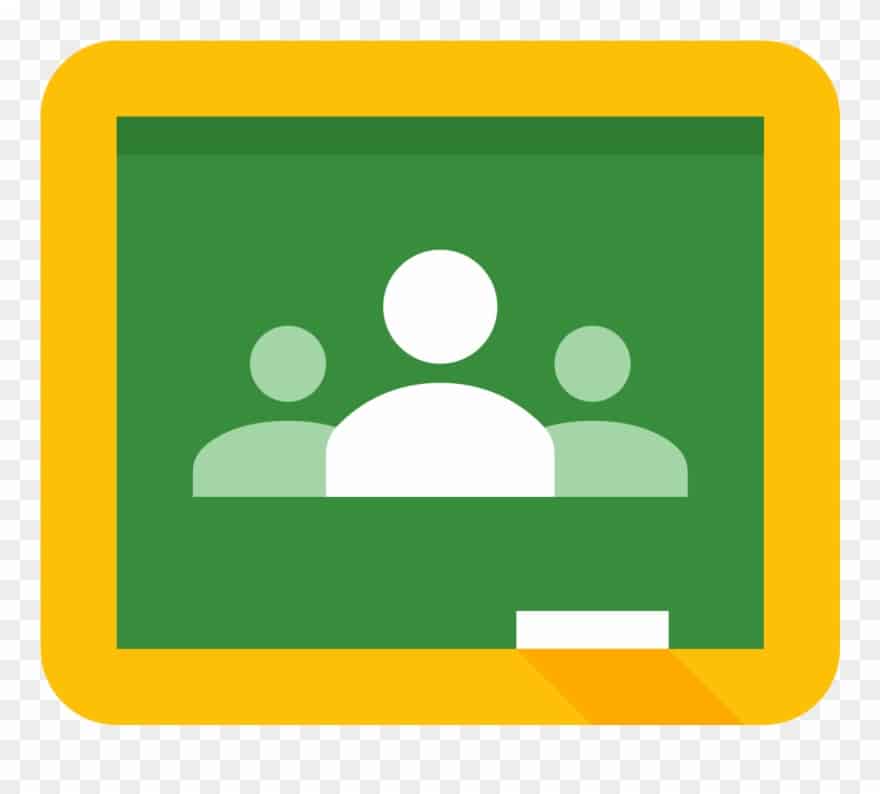Guto Aaron, primary teacher and director at TwT 360
Whilst our schools in Wales remain open for now, with the situation changing drastically from day to day we need to prepare for the possibility of school closures, possibly even for a prolonged period. As a member of a few global teacher networks, I’ve been asking those in schools that are already closed for their experiences and advice and in this post I’ll try to summarise some of the key steps to consider.
Don’t wait until the last minute
Whilst we don’t know whether schools will close in Wales, waiting until a decision is made before planning will result in confusion and chaos for your staff, students and parents/guardians. Once the school is closed, it gets considerably harder to get a consistent message through to parents, students, staff and the local community.

Once you’ve made decisions on platforms and routines (see below), make sure all of your staff understand those decisions and are comfortable using the technology you’ve chosen. This is especially true about live video technology like Google Meet as most teachers will be unfamiliar with it.
Also, make sure the pupils know how to access and use the platform of choice. Hopefully, in most schools, this won’t be an issue as pupils will be used to logging into Hwb or Google Classroom on a regular basis.
Make sure contact details and login information is up to date
Whilst most secondary schools are likely to be able to contact their students through email, primary schools should make sure they have up to date email addresses for parents so that tasks and information can be sent. For those teaching Years 5 and 6, if you haven’t taught your pupils to use email yet then right now would be a great time to introduce those skills!
Once you choose the online platforms you will use as a school for distance learning (e.g. Hwb, Google Classroom, Sumdog, Purple Mash, SeeSaw – see below), make sure every student knows their login details. Create cards with the details for students to take home.
Identify the families that may not have internet access at home, or may not have a device on which to work. You’ll need a different approach with those students, possibly preparing an activity pack ready to hand out if closure happens.
Choose your main platform.
There are thousands of different platforms used by schools to teach online, but the key to successful distance learning is to keep it simple. The most important choice is to have one central platform where tasks will be published and pupils can hand in their work. This can be done through emails, but Google Classroom is perfect for this role because:

- Tasks can be pushed out easily by teachers, who can also differentiate by pushing different work to groups of students.
- Students can log in every morning and find the latest task right at the top of their stream.
- There’s no confusion in attaching documents to emails, and teachers don’t receive tens of emails or sharing notifications every day.
- Non digital work can still be set in Google Classroom, and parents/students can submit the work by taking a photograph on a phone or tablet and adding it to the task.
Google have a lot of useful resources for using Classroom here (click)
Keep things interesting
Whilst you should have a main digital platform like Google Classroom to share tasks and view students’ work, don’t feel that this means all of the tasks must be slides or typed work. Tasks can be as varied as coding on Code.Org (log in with your Google/Hwb account and you can set tasks for your pupils directly within Code.Org), design work with Canva (now free for schools) or any of J2E or Purple Mash’s myriad of tasks. Remember the importance of fully offline tasks such as reading a book, creating repeating patterns with household objects or doing physical activity in the garden. Photos of ‘offline’ tasks or screenshots of work done on other platforms is often evidence enough and can be easily uploaded to Google Classroom by the student/parent.
Establish a routine
Whilst most teachers will not be used to presenting via video feed, it is worth considering implementing live broadcasts as part of your distance learning routine (it’s not half as scary as it sounds!). Students are likely to respond better to working at home if they still see their teacher for a short while every day. Some primary schools that are closed in other countries have implemented “teacher time” from 9:00-9:30 when teachers present an overview of the day’s tasks to their class over Google Meet.

Meet is very easy to use, just log in to meet.google.com, start a meeting and share the URL link into your Google Classroom or even via email. Students won’t have to download any special software at home, they’ll just click on the link and immediately join your video call. Not every student will watch every day, but for those who do it will help them keep a sense of routine and focus them on their tasks. You may even consider a ‘Closing Time’ video Meet at 3pm as well to give pupils the chance to share their experiences of their day.
Learn how to use Google Meet here (click)
UPDATE: Hwb have changed the guidance on their help page to confirm that Meet is not turned on for students. Unfortunately that means that having morning Teacher Time via Meet won’t be possible for Hwb schools.
Share resources
If all schools in Wales do end up having to close and move to distance learning, we are all going to be in uncharted territory and learning as we go. Never will it have been so important to share ideas and resources with your neighbouring schools and further afield so that we’re not all re-inventing the wheel at the same time. Set up WhatsApp or Hangouts Chat groups between teachers of similar age groups/subjects within your cluster so that they can lean on each other for support, ideas and resources. Create a Twitter account (if you haven’t already) and join the tens of thousands of other teachers worldwide who are in the same boat, trying to solve the same problems.
Remember staff welfare

Whilst it’s important that teaching staff prepare tasks for students and keep encouraging them to learn through feedback and/or video presentations, remember that your staff will be finding things hard during these unprecedented times. Many of them will be looking after their own children at home, most will be worried about older relatives and neighbours whilst others may be in self-isolation themselves. All of them will have the added stress of working well outside their comfort zone as none will be used to distance learning. Your staff welfare is, as always, paramount. Whilst you won’t be seeing them face to face as you usually do, keep in touch and remember to ask them sincerely how they are coping. Maybe even set up a Meet video call at a specific time each day for your staff to have voluntary ‘staffroom time’, a chance to just chat informally with each other, to vent about their frustrations and to share what’s been working well.
If we make our plans now, make sure our teaching staff are comfortable with our choices and spend some time ensuring our pupils are confident with the platforms we use, then the transition to distance learning will hopefully go relatively smoothly for our schools, our staff, our parents and, most importantly, our students.
